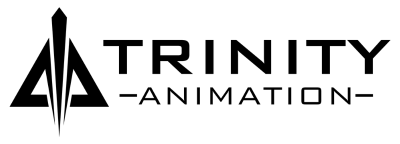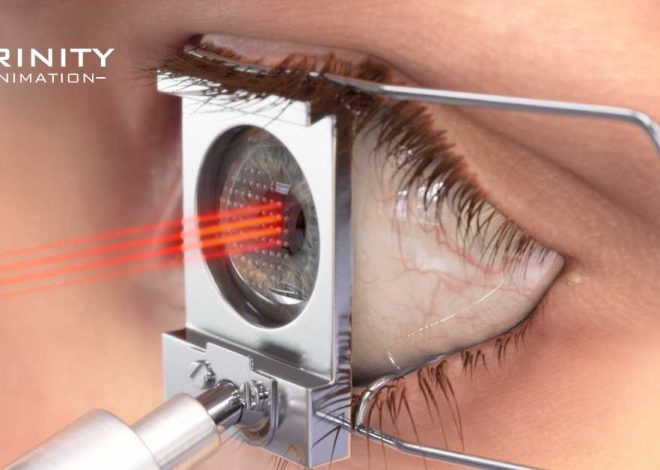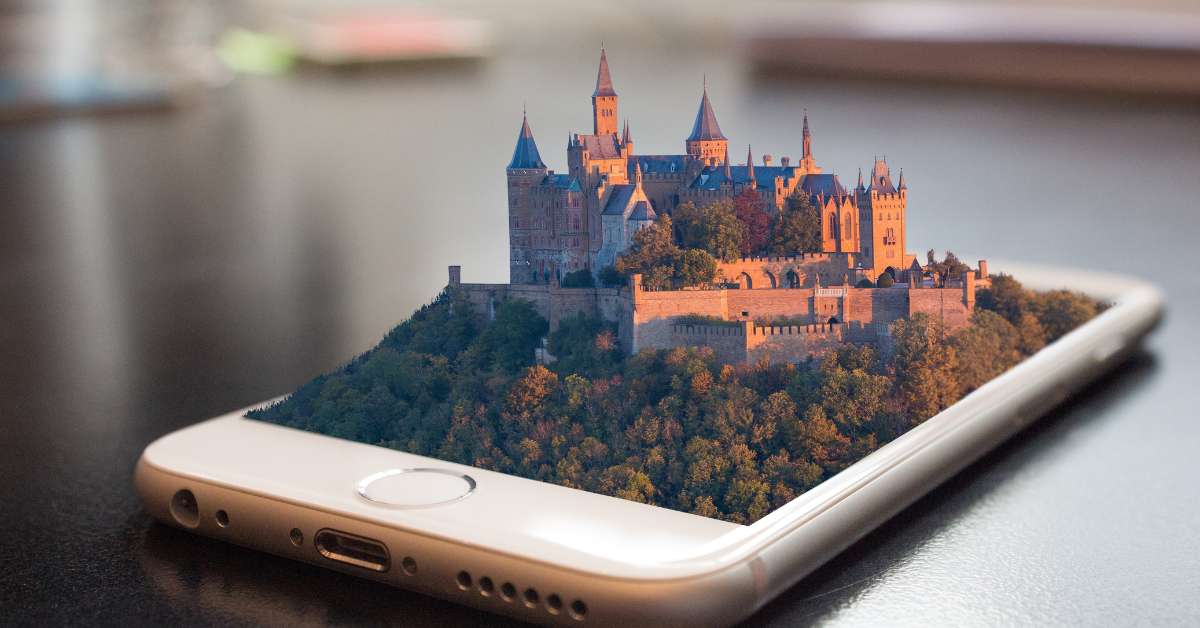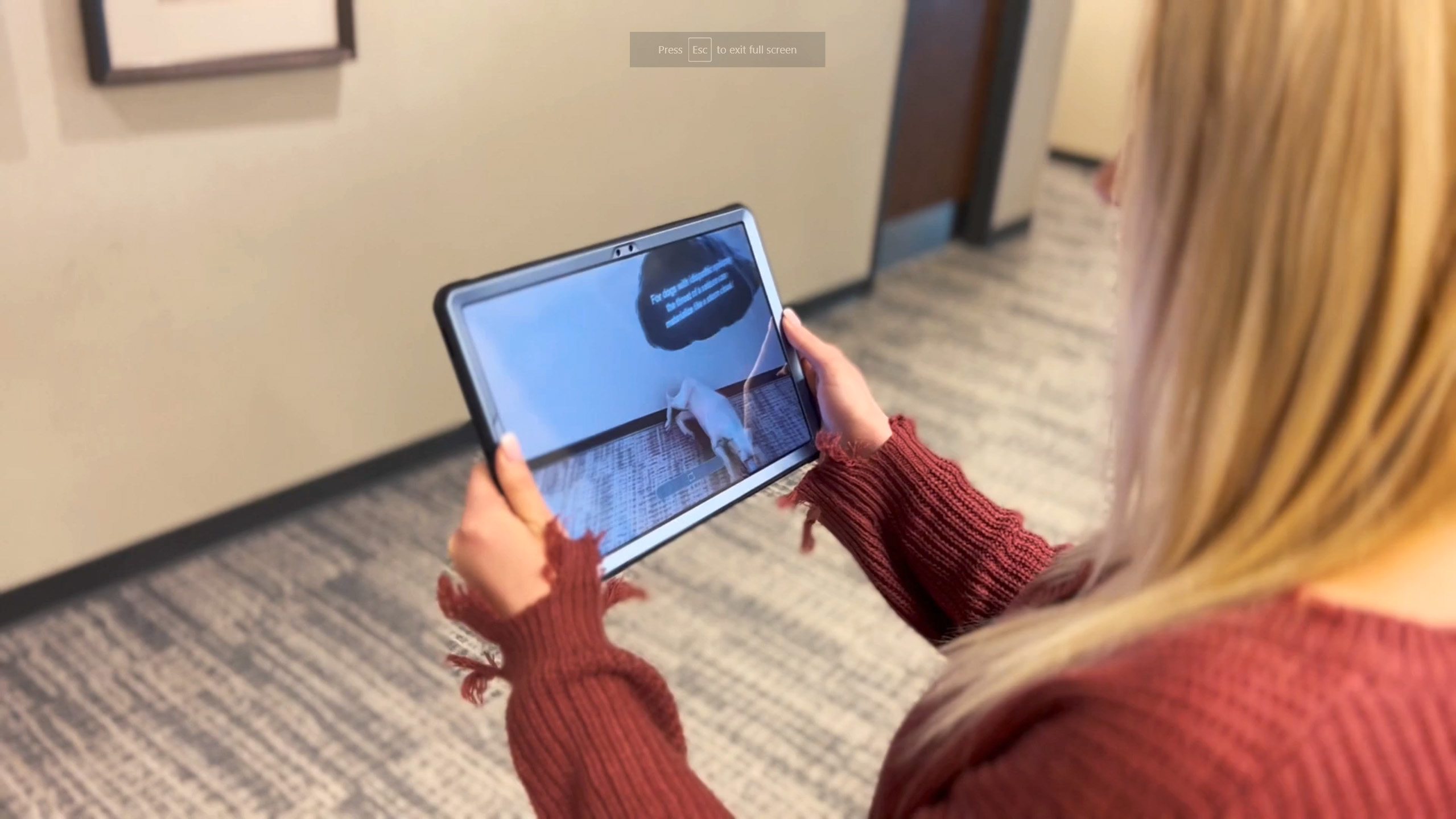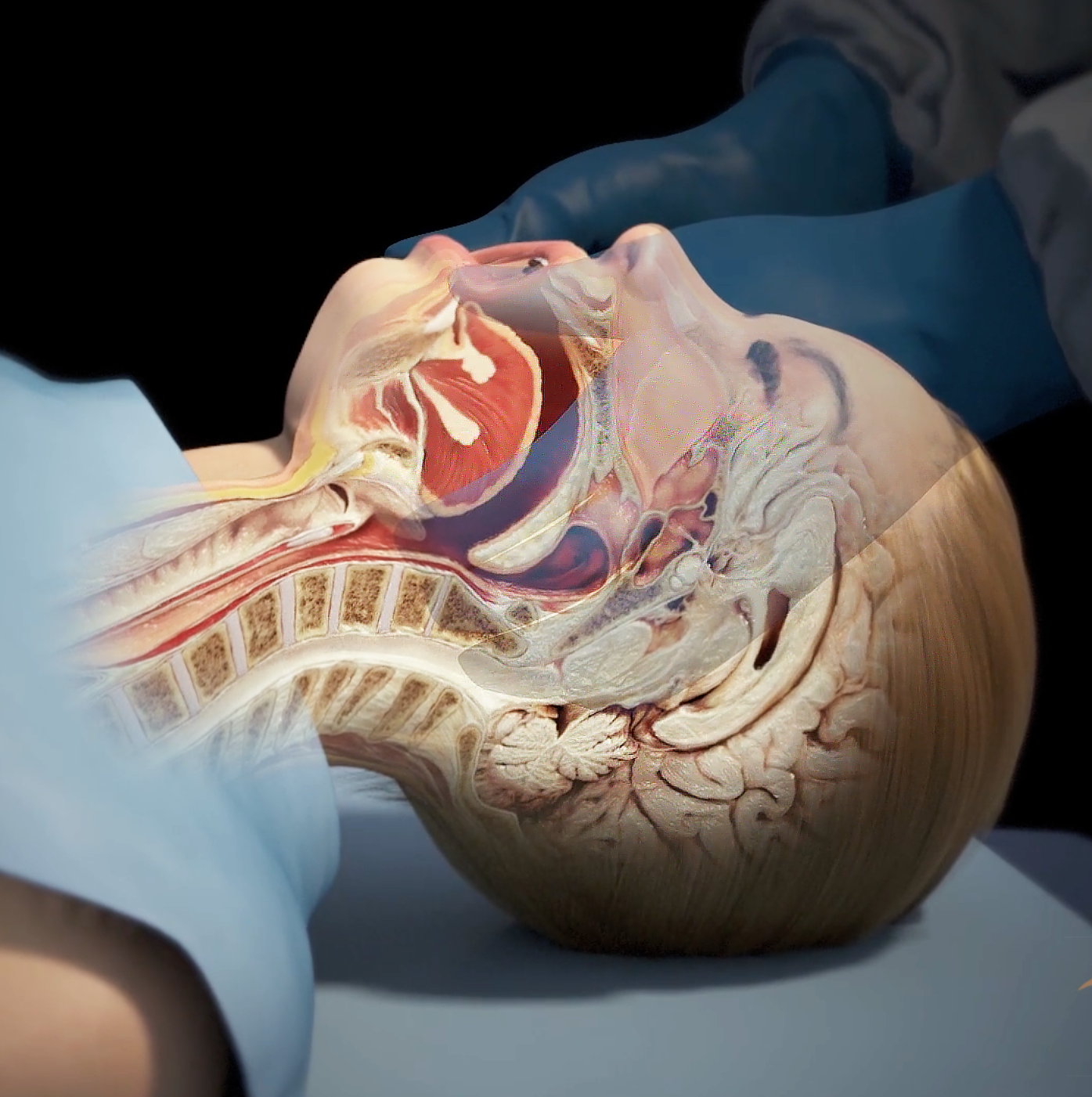
Nursing Procedures Medical Animations
A collection of medical animations shorts depicting nursing procedures:
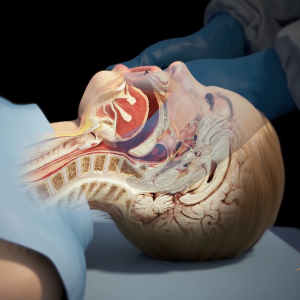
Segments in the movie above include:
- Esophageal Tracheal Double-Lumen Airway: Replacement with an Endotracheal Tube; Esophageal Tracheal airway removal after replacement with Endotracheal Tube
- Pulmonary Artery Catheter Insertion; Pulmonary Artery catheter insertion
- Pericardiocentesis; Needle insertion into pericardial sac
- Subcutaneous Injections; A method of subcutaneous injection for medication, gauze application to skin after injection
- Arterial Puncture; Arm artery blood flow and arterial blood drawing
- Small-Bore Feeding Tube Placement; Insertion of feeding tube
- Abdominal Paracentesis; Paracentesis needle insertion into the abdomen
- Subcutaneous Injections; Jet-Injector for medication injection
- Medication Administration Via Small Volume Nebulizer; Patient taking medication through nebulizer
- Arterial Catheter Insertion; Arterial dilation for catheter insertion into arm
- Balloon Insertion for Epistaxis; Epistaxis balloon devise inflation
- Endotracheal Intubation; Bag valve mask preoxygenation
- Leopold’s Maneuvers; Leopold’s maneuvers applied to pregnant woman
- Airway Positioning; Jaw-thrust airway postion maneuver
- Bone Marrow Aspiration and Biopsy; Bone marrow aspiration needle insertion procedure
- Esophageal Tracheal Double-Lumen Airway: Replacement with an Endotracheal Tube; Laryngoscope repositioning esophageal tracheal airway
- Finger Web Space Nerve Block; Position of syringe for digital nerve block
In Trinity’s nursing procedure 3D medical procedure animations, we tackle the challenge of creating crystal clear, medically accurate illustrations of important nursing procedures. Compared to 2D animation, the realism of 3D medical illustration provides viewers with a more refined visualization and understanding of the procedures. 3D medical procedure animations communicate complex information through unique visuals that medical books and live camera footage can’t accomplish: making the information easier to interpret and more memorable for nursing students.
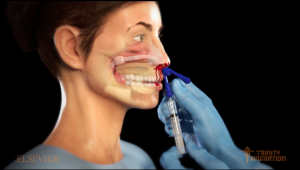
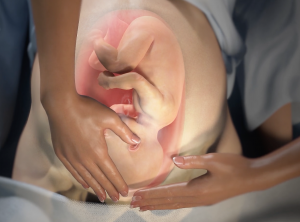
The published material is actually a composite of samples from a broad array of source animations: each source animation depicts the complete, multi-step procedure from start to finish. The nursing procedures Trinity illustrates may be employed by today’s nursing professionals as frequently as daily or weekly. Consequently, they are critical for “real-life” nursing practice in hospitals and busy clinics; as they can have a big impact on patient’s outcome. Our task was to provide an accurate view of each step in proper sequence and in reference to an accurate image of the affected body structures. The success of each procedure depends on the nurse’s ability to first correctly position the patient’s body prior to use of any medical tools. Hence the ability of Trinity to picture the patient’s body and nurse’s hands correctly in 3D space is key to the instructional value of each source animation. Only 3D animation allows views of the body structure and the medical tools from all angles as needed for clear instruction.
The nursing professional must also have a clear understanding of the inter-relationship of layers of affected body structures: some visible, some hidden from view. To address this need, Trinity animators intentionally boast the opacity (solid and non-transparent quality of an object) and the detail of those structures closest to the interior of the body and makes those structures which are found at the surface of the body structure partially transparent. This technique can be seen in use in the intubation section and others in the nursing procedure composite.
Projects typically start with a client’s script explaining the details of what they would like included in their medical procedure animations. The animators are normally provided with photographs and diagrams of the imagery that will inspire or act as reference for animation development. From this our first draft animation is developed and then fine tuned to a completed and delivered project.
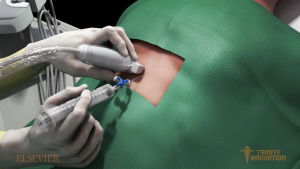
Our medical procedure animations are built on a foundation of eight highly-detail and anatomically accurate human models: four ethnicities and two genders. These foundational models were the original work of Trinity Animations representing virtually thousands of artist hours. Great care was taken to build in extraordinary detail the components of the entire human body: skeletal system, muscles, tendons and ligaments, circulatory system, nervous system, brain and nervous system as well as realistic skin and hair. Working on a script provided by our client and guided by our individual expert author, Trinity creates original, custom medical animations of complex medical procedures.
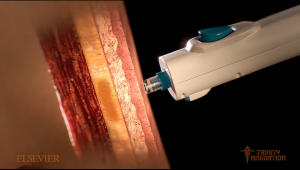
By 2022, there will be far more registered nurse jobs available than any other profession, at more than 100,000 per year. With more than 500,000 seasoned RNs anticipated to retire by 2022, the U.S. Bureau of Labor Statistics projects the need for 1.1 million new RNs for expansion and replacement of retirees, and to avoid a nursing shortage.
